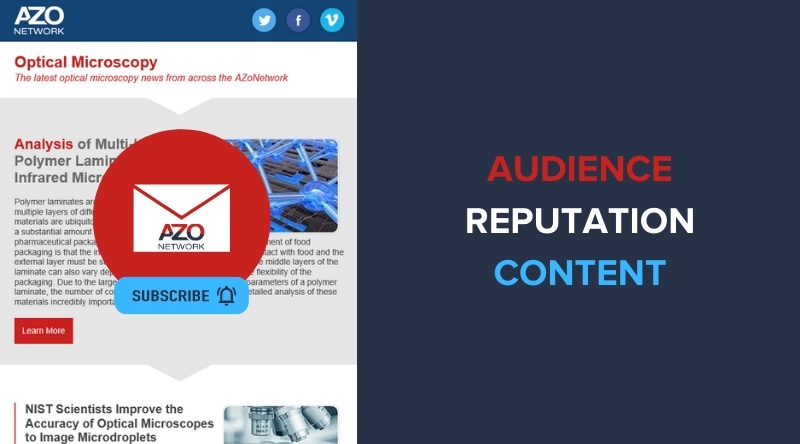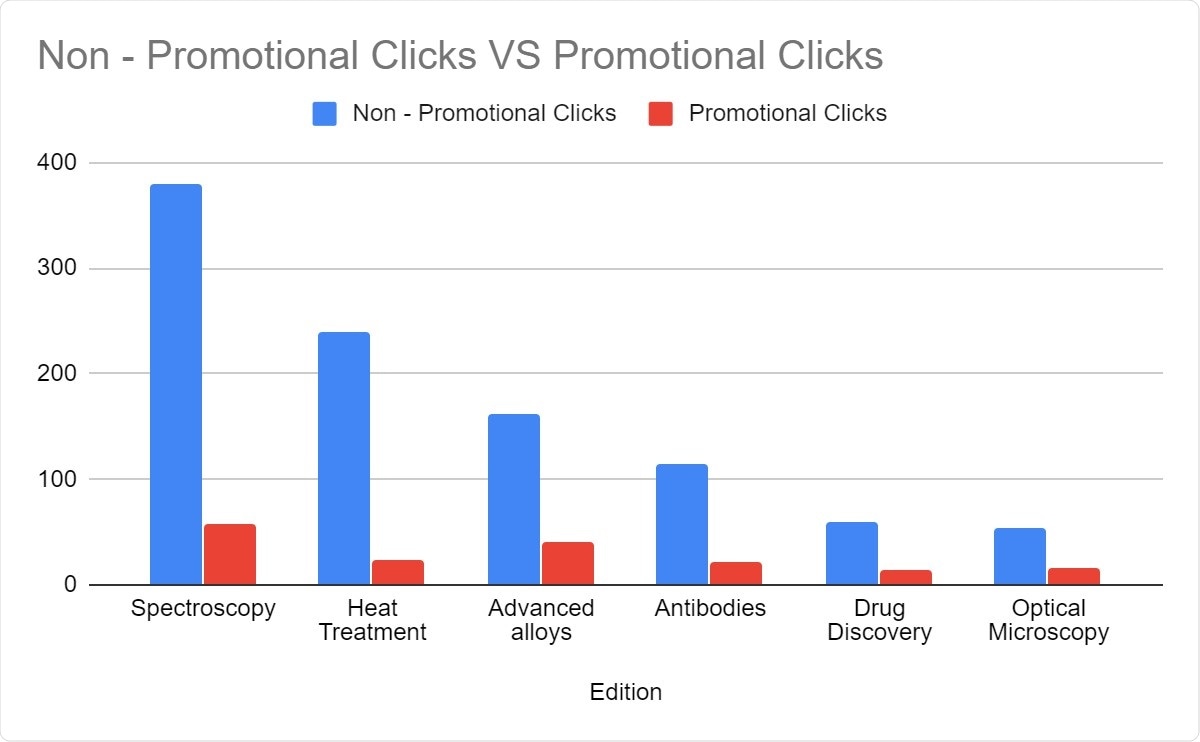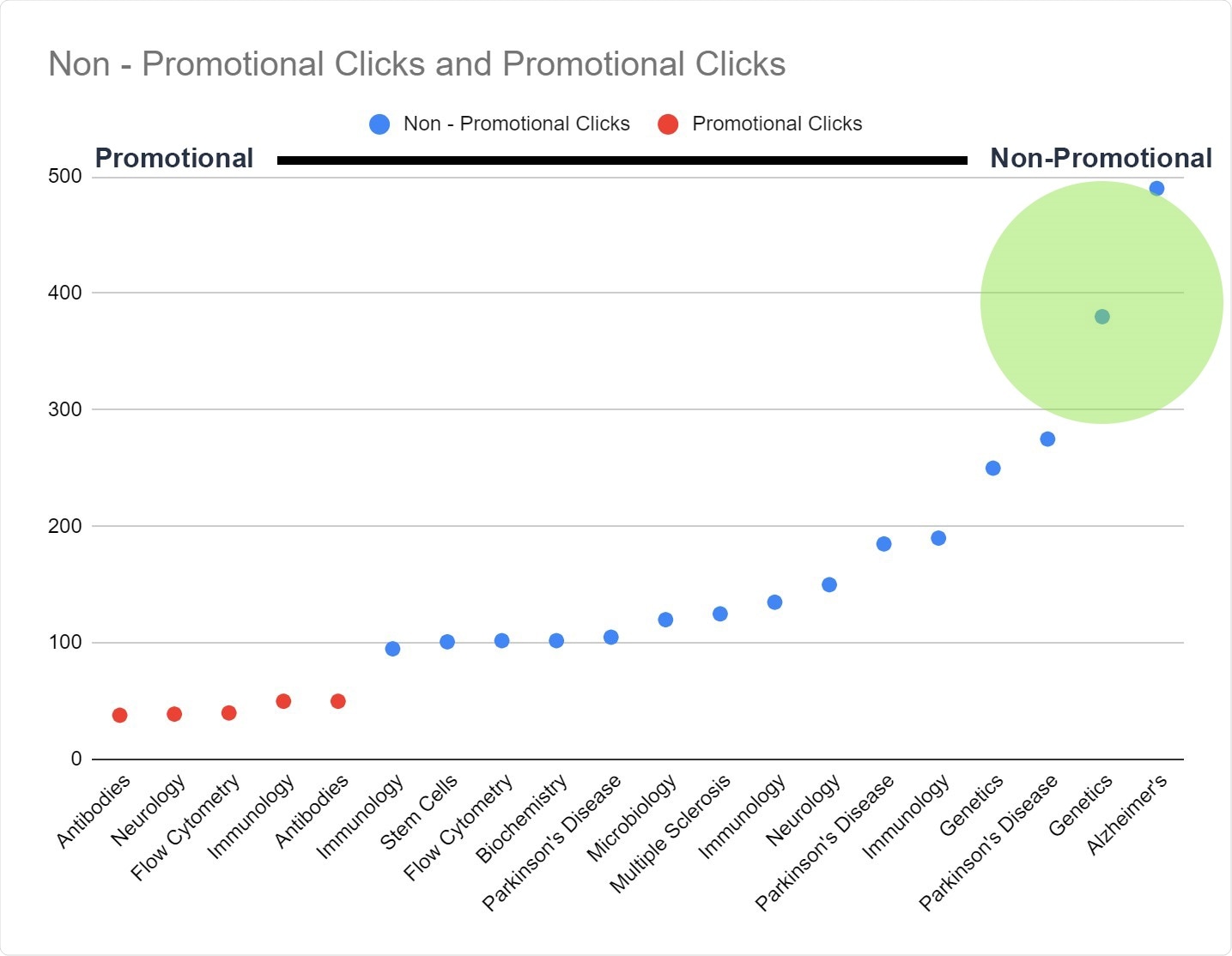
You would be forgiven for thinking that third-party email is ineffective. Unfortunately, the industry has been tainted by spammy emails trying to sell lists. We have all had the cold call and spam email tempting us to rent a large list of individuals who are exactly the people we’ve been looking for. All ready and waiting to hear what we have to offer.
However, we are here to tell you that despite this, third party email sponsorship can still work. There are three things you need to consider when setting out with a third-party email campaign.
1.The Audience
Is the audience truly the audience advertised? Where did the audience originate from?
A list of subscribers is only as good as where they came from. If the list source can’t be verified, then turn and run!
A responsible third party will not only be able to show you exactly where the list came from, but also that each individual has given explicit permission to receive further material related to their areas of interest.
We ensure that our editions are only sent to people who have both signed up and expressed a direct interest in the topic. This does two things. Firstly, it ensures that we are not spamming our valued subscribers by sending irrelevant content. Secondly, it allows us to constantly keep our database of subscribers fresh. The second point goes hand in hand with making it easy for any subscriber to update their preferences or unsubscribe altogether.
As a result, we have extremely low un-subscribe rates and an above industry average open and click-through rate.
2.The Reputation
The reputation of a third party is crucial. If the list provider can’t demonstrate expertise, authority and trust (E-A-T) in the market place then the likelihood is that the subscriber list will reflect this.
We work incredibly hard to ensure that our website visitors gain access to the most relevant and up to date content in their chosen area of interest. This ensures that the subscribers are of the highest quality.
We use our own platform to create, distribute and analyze content performance. This ensures that the content we produce and distribute is high quality and educational before we send anything to our audience of over 900,000 named scientists, engineers and industry professionals. Our specialists will match your audience’s interests with the right content for them, which is why we see industry leading open and click through rates.
3.The Content
Now that you have verified the audience and you trust the reputation of the third party you are going to use, it is time to think about the content for your sponsorship. It can be tempting to leap straight into listing the features and benefits of your product. This is a mistake and the data backs it up.
The reason for this is simple! Email marketing in any format is an outbound marketing strategy. Although a recipient might agree to receive content from time to time, you have no way of knowing if they are ready for it. In other words, you are contacting them and not the other way around.
This becomes even more critical when renting a third-party list.
At AZoNetwork, we deal in matching content to specific user interests, sending out hundreds of thousands of ultra-targeted emails per month. We currently oversee 981 newsletter editions from 99 active newsletters, across 6 categories with subjects ranging from Agritech and Antibodies to XRF and Infectious Zoonotic Diseases.
We run weekly, biweekly and monthly newsletters which you can see more of in our editorial calendar.

Image Caption: An example of non-promotional content in AZoNetwork’s 3D Printing newsletter edition (19/02/2022)
We would like to share some real data on how changing the narrative of the content you send out can dramatically improve your results.
We offer two types of sponsorship:
- A primary sponsorship – Top spot in the edition
- A featured sponsorship – Secondary position in the edition
Every piece of content we have promoted on behalf of a client can be put into one of two silos.
- Silo 1 – Promotional content (Graph B in Red)
- Silo 2 – Non-promotional content (Graph B in Blue)
Promotional content is exactly that, content that is trying to sell a product or service directly through email marketing.
For non-promotional content, think educational content such as application notes and research as opposed to simply product and feature bashing.
 Graph A
Graph A
The difference in the results is staggering. Graph A represents a sample set of recent newsletters editions sent out last month.
Regardless of the edition and number of subscribers, there is a clear difference in number of clicks between the two types of content.
Graph B represents an anonymous client example with sponsorships in various editions over the course of three months.

Graph B
Non-Promotional Content VS Promotional Content in Newsletters
The blue dots represent non-promotional content and the red dots represent promotional.
Again, there is a direct correlation between the number of clicks and the style of the content. Content that is focused on providing value to the reader inevitably results in a dramatically improved performance. Ultimately, you want your content to fit within the green circle where high value is provided, resulting in a higher number of click-throughs.
Conclusion
In a digital world where your potential customers are more informed than ever before, it is critical to understand what content works for each channel you use in your marketing strategy. As far as email marketing goes, we believe it is still alive and well if the audience, reputation and content are all delivered correctly.
See what our customers think here.